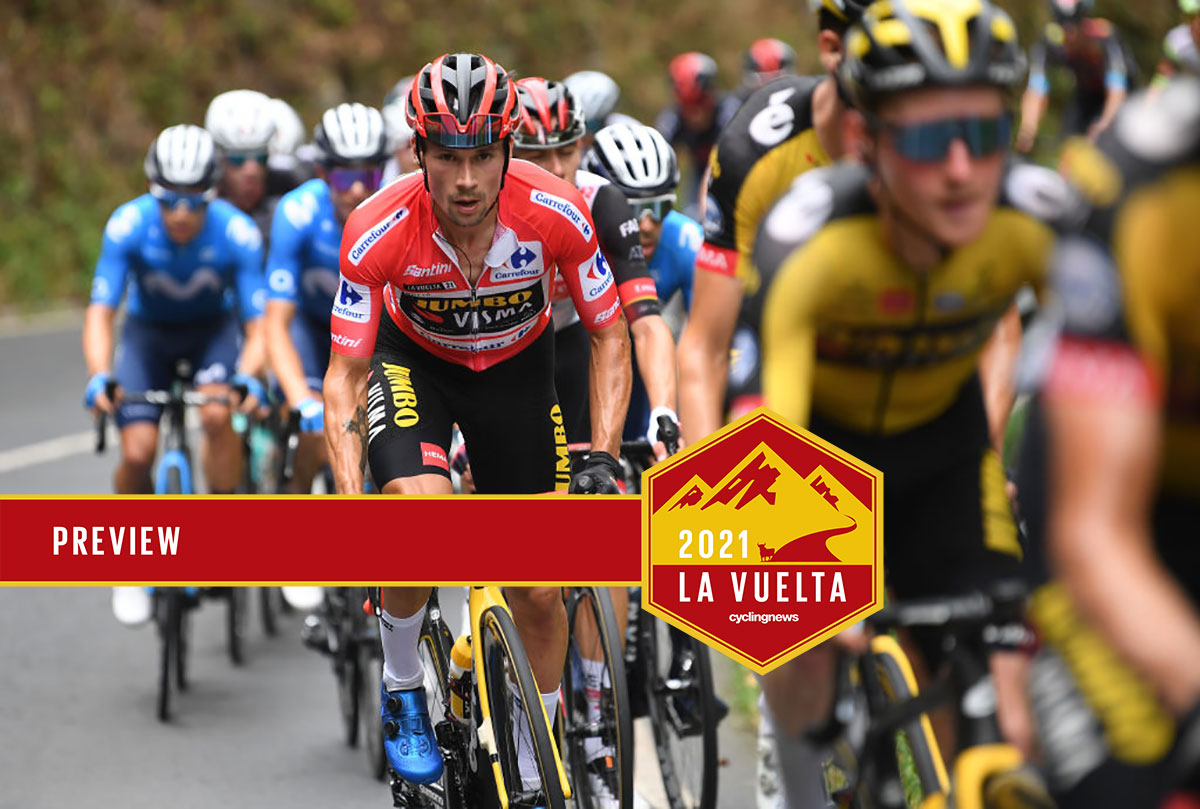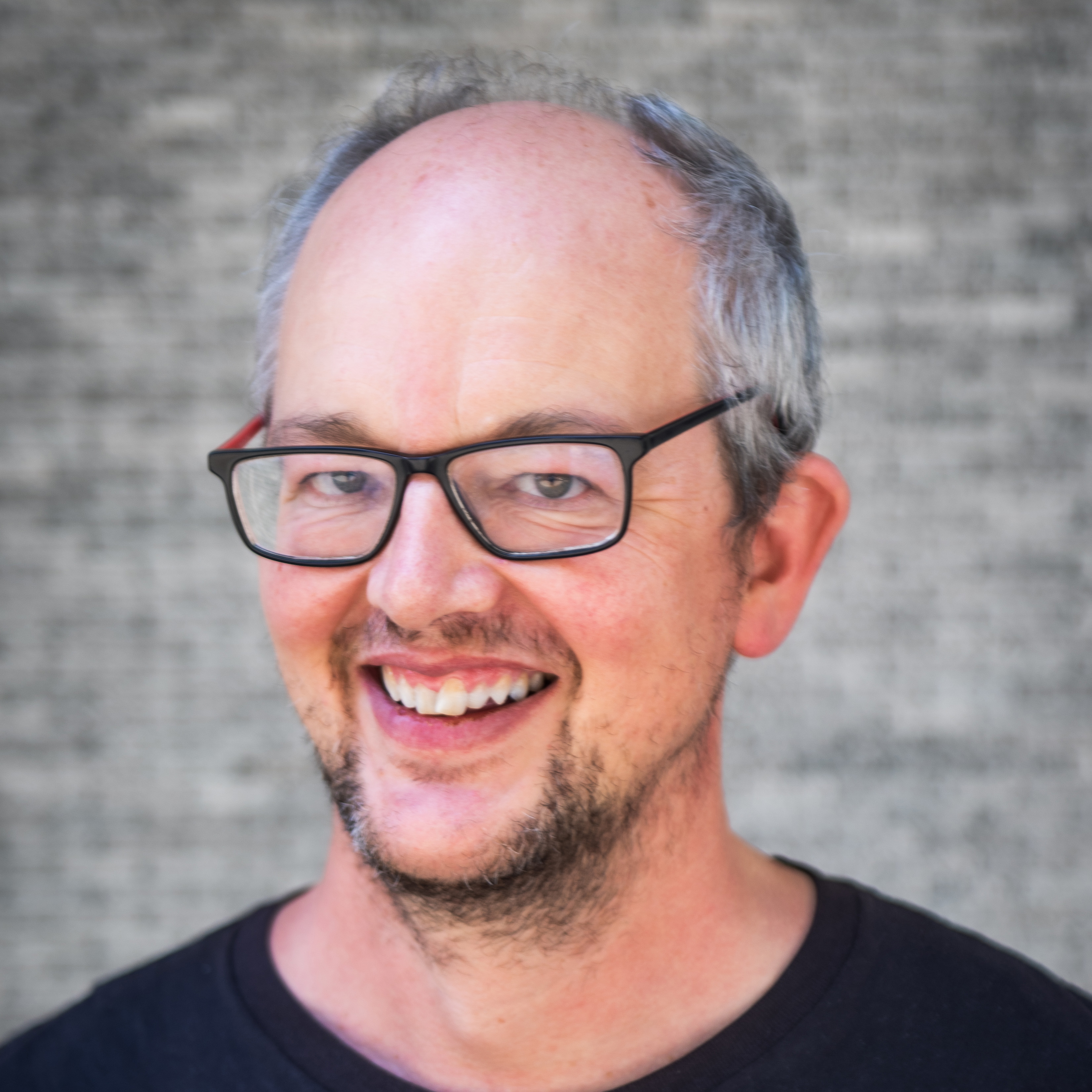Preview: The Vuelta a España meets Liège-Bastogne-Liège?
Stage 20 'could end up in chaos' says route designer Oscar Pereiro

If you wanted to sum up Saturday's final road stage of this year's Vuelta a España in one word, it would have to be 'intriguing'. Or if you prefer the description of 2006 Tour de France winner and the stage's route designer Oscar Pereiro, it "could end up as chaos."
Held in the north-westerly region of Galicia and preceding Sunday's medium-length individual time trial, stage 20 is a very different kettle of fish to the usual third-week finale in the Vuelta, Pereiro points out to Cyclingnews. And as such it could produce some very unexpected results.
The stage runs for 202 kilometres between the plush sea resort of Sanxenxo and just outside Pereiro's hometown of Mos. It is the ninth and final summit finish of the 2021 race, located on a mirador [lookout point] that crowns a climb known as Castro de Herville.
Almost all of the key parts of the stage takes part in Galicia's far south-west, an area that lies just over the Spanish frontier with neighbouring Portugal and which last had a summit finish like this one eight years ago. Back then, perhaps inspired by Galicia's verdant, rain-soaked landscapes that are very similar to parts of his home country, Ireland's Nicolas Roche won on another second-category climb, the Alto de Groba, while Vincenzo Nibali briefly took the lead.
That, however, was on a far less hilly stage and came very early in the 2013 race, when the GC battle had seen little more than an opening team time trial, curiously enough also in Sanxenxo. This time around, with Primož Roglič (Jumbo-Visma) holding a commanding lead with two days to go, this Galician stage represents a last, very unconventional (by any Grand Tour standards) opportunity to unsettle the GC before Sunday's final time trial.
Why is it so different? "Normally for the last difficult road stage of a Grand Tour and in this case the Vuelta, you imagine the race would go up an Angliru or a Covatilla or somewhere in the Sierras de Madrid," Pereiro tells Cyclingnews.
"But this year when it emerges, the Vuelta is going to finish in Santiago de Compostela, Javi Guillen [director] rings me up and says they've got to do a hard final road stage in Galicia and do I know anywhere in my area that might suit.
The latest race content, interviews, features, reviews and expert buying guides, direct to your inbox!
"I tell him I do, so he comes over to Galicia and we drive around looking for and at suitable climbs and finally we hammer out a route which he says would be ideal.
"How would I define that route we've chosen? For anybody who doesn't know the terrain, it's a trap."
Viewed in the route book, the stage has one third-category, three second-category climbs (including the last) and a first-category ascent, the Alto de Mougas, all crammed into the second half of the course.
Or as Pereiro puts it, "for the second part of the day, the peloton will find itself tackling 3,200 metres of climbing in 90 kilometres and they're going to find there's not a single metre of flat all the way through."
"If it rains, it'll be chaos. And if it's sunny, there's terrain to spare for team leaders to suddenly find themselves isolated at any point.
"I think it's a stage where tactically you could pull off some real master strokes. To help your readers understand what it's like, I'd compare it to the last 100 kilometres of Liège-Bastogne-Liège. But harder."

The stage is both difficult to control and highly appropriate for ambushes, Pereiro says. And that's not just on the uphills.
"The descents are as complicated as the climbs in their own way. You can't just ease back and fuel up on them. They're fiddly and variable, sometimes very narrow, sometimes suddenly broadening out."
The toughest climb of the five classified ascents is the Alto de Mougas (km 146), ranked as category 1 and 10 kilometres long. But Pereiro warns that the second to last climb, the second-category Alto de Prado (km 176.9) has a very hard 500-metre section averaging out at 20 per cent to handle as well.
"But apart from the first-category club, which is much steadier overall" - although it too, has a 'ramp' of 15 per cent right at the start - "they've all got their tough moments."
As for the final categorised climb of the Vuelta, the second-category Castro de Herville, "it's got two parts. The first half is like a series of stairs: a hard pull up, then a rest, and then another hard pull up, then a rest.
"Then there's an area of false flat and the last segment is pretty straightforward. It's probably the least hard climb of the day. But after what's already been tackled, it'll hurt."
Collectively, as Pereiro agrees, the unpredictable and almost unprecedented nature of stage 20 of the Vuelta will not allow any of the GC riders to rest on their laurels. Regarding how the leader should play it, "the ideal scenario for them would be that Roglič decides to go on the attack because he's got an amazing team here. But nobody can sleep easy in their beds thinking about this one. I wouldn't be feeling certain of how the day would play out until the very last metre."
As for how Pereiro would tackle the course if he was fighting to oust Roglič from the top spot, he says, "I'd go for it from the gun, so that Roglič ends up isolated or with only Sepp Kuss, maybe, for support at 80 kilometres to go. Because if you lose sight of a teammate on this course, it's that difficult you won't see them again until the finish."
However, while those predicting a last-minute upheaval in the GC may be proved right on Saturday's 'Ardennes-like' course, it could be that Roglič decides to take the race by the scruff of its neck again. After all, the same rider currently in red at the 2021 Vuelta also won Liège-Bastogne-Liège back in 2020, too.
Alasdair Fotheringham has been reporting on cycling since 1991. He has covered every Tour de France since 1992 bar one, as well as numerous other bike races of all shapes and sizes, ranging from the Olympic Games in 2008 to the now sadly defunct Subida a Urkiola hill climb in Spain. As well as working for Cyclingnews, he has also written for The Independent, The Guardian, ProCycling, The Express and Reuters.
